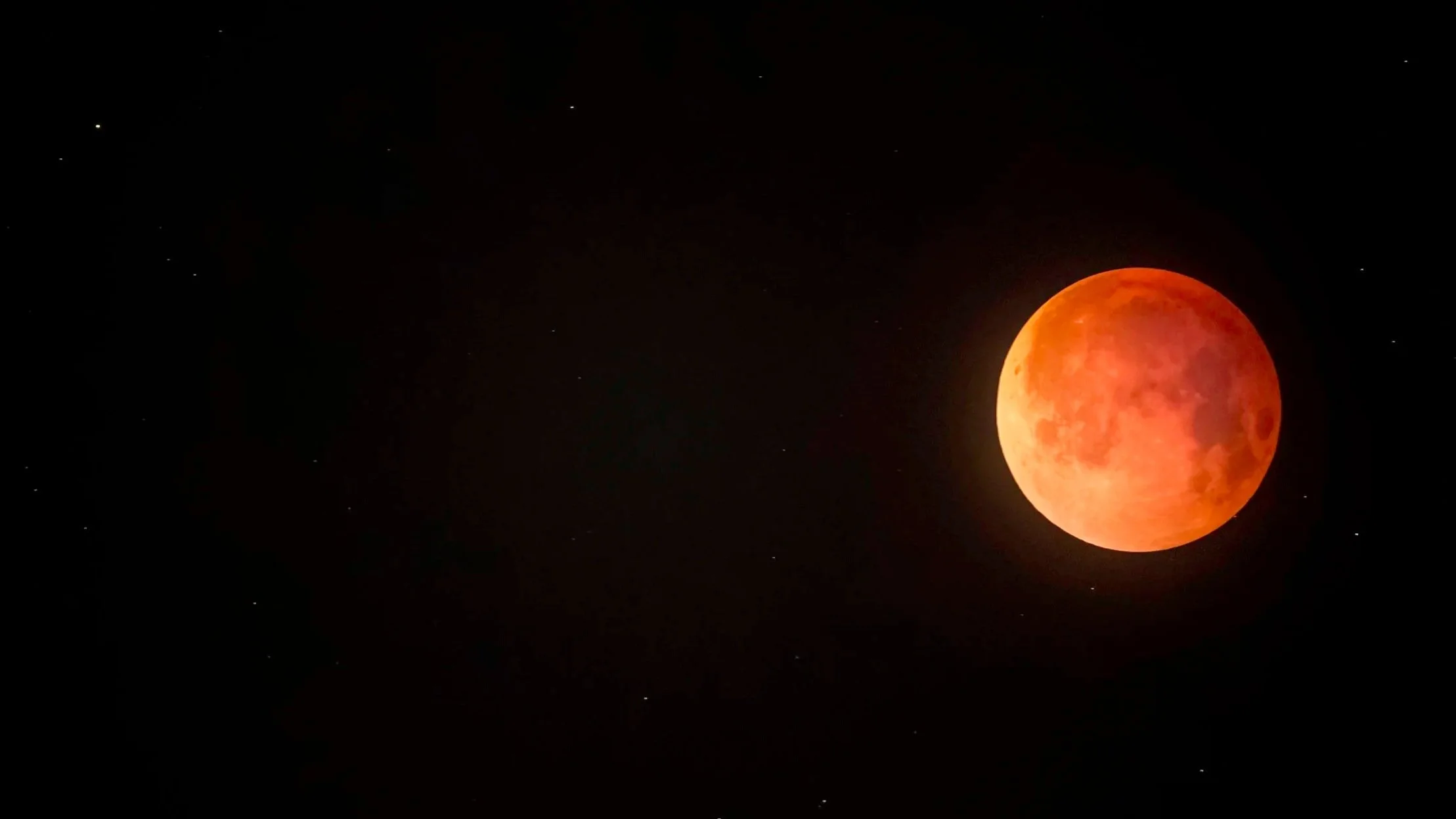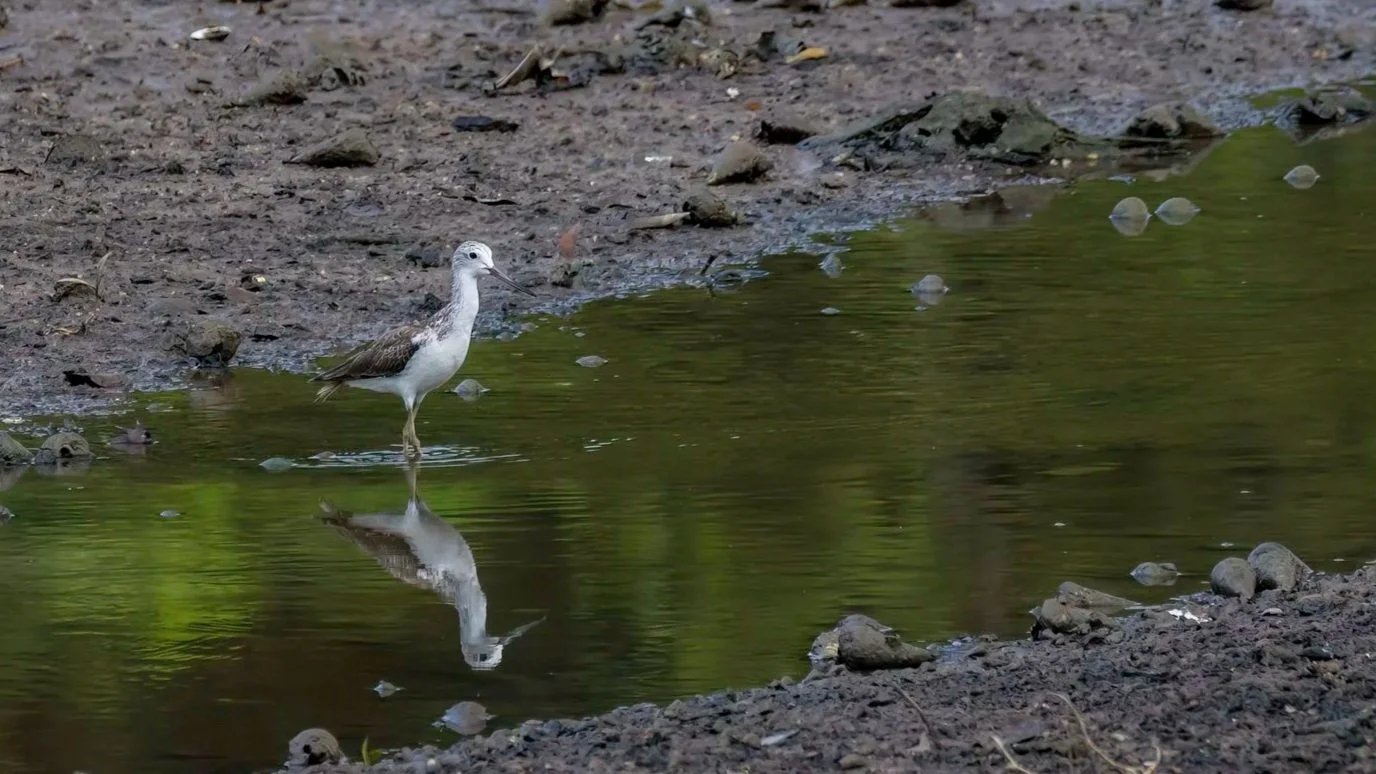The Loyang Rock
Batu Puteh (meaning White Rock)
For a long time, there has been a certain rock located near Changi Village is known traditionally as “Batu Puteh” (“white rock” in Malay). Where exactly is this rock and how did it come by its name?
Situated across from the Changi Beach Club is the Loyang Rock, otherwise known as the Squance Rock, and due to its colour, it was also called batu puteh. The village located along the shores here was known as Kampong Batu Puteh. In 1986, Hasim bin Ismail explained in an oral history interview that his village, Kampung Batu Puteh, derived its name from a rocky outcrop out at sea, about 250m away from the beach - (1.391797, 103.972199) - seen as an elongated grey patch under cloud cover on the map here - across and to the left from the Changi Beach Club. Wildlife Consultant Subaraj Rajathurai later mentioned in 2002 that this outcrop, known as Loyang Rock or Squance Rock, has been a traditional nesting site for the Black-naped Tern (featured in Singapore’s old $1 note) for decades. The word “Puteh” in the rock’s name refers to this bird’s droppings. Having said that, not all rocks described as “white” acquire this name from bird droppings. Other rocks known as “Batu Puteh” might simply be made of whitish limestone or granite.
Malays named coastal rock formations like this one for navigational purposes. Batu Puteh — like Batu Berlayar at Labrador, Batu Gajah at Pulau Brani, Batu Berleher at Pulau Tekong, and Batu Kepala Todak at the Singapore River — were all traditional sea markers used by seafarers before modern nautical markers were introduced. Today, some have identified a large rock along Changi Boardwalk as Batu Putih, or the Loyang Rock. However, this is not correct since that rock is not actually in the Loyang area, which is roughly a kilometre away. Navigational rocks need to be located in the areas they are named after, like Batu Gedong which is found at Sungei Gedong. The large rock along Changi Boardwalk is really just another rock. Some of this material was sourced from the Urban Explorers of Singapore who have explored and written extensively about this and other fascinating locations in and around Singapore.
Kampung Batu Puteh, which literally translates to White Rock Village, was a quaint little Malay village situated along the coast of Changi. Not to be mistaken with similarly named village in Malaysia or the Pulau Batu Putih in the South China Sea, it is located where the present day Changi Coastal Boardwalk spans. The village was cleared out when the government relocated the villagers to HDB flats.
Inset: Kampung Batu Putih listed as a "Malay Village along Changi Coast" in a pre-WWII Japanese Postcard.
Source - Images Of Singapore From A Japanese Perspective by Lim Shao Bin
The following photos were taken while I was perched precariously on the bow of a “Bumboat“ which rocked quite heavily in the wake of passing ships in the narrow strip of water between Singapore and Malaysia. And on one of these “upheavals“ I dropped my Lens Hood in the water and had to use a boat hook to retrieve it. These Bumboats, also known as lighters, are large flat bottomed boats or sea-going barges. They were used in the Malay Archipelago for the loading and unloading of goods, or for the transportation of cargoes, supplies and goods from ship to shore and vice versa. In Singapore, bumboats are also called twakow or tongkang. They were once used extensively for transport purposes along the Singapore River, Rochor and Kallang rivers, and also along the coast of the mainland and other nearby islands. The one I was on, was a timber tongkang built only in Singapore, as well as Kota Tinggi and Mersing in southeast Johor. Once operated by Chinese Hokkiens and Indians, these boats plied mainly inter-island routes as they are bigger in size. Before bridges were built across the Singapore River, the large tongkang could enter Boat Quay to load and unload goods. However, when bridges were built, the decks were too low for the tongkang to pass beneath. Consequently, these lighters had to moor at the Kallang and Rochor rivers, or the city’s waterfront.
Now back to the Loyang Rock.
The Loyang Rock is a traditional nesting site for the rare Black-naped Terns which arrive in March, these birds start roosting on the rock between April to August, before leaving for the South China Sea after. Sir T. Stamford Raffles, described this species of tern in 1822, and many other animals during his career. See Raffles the naturalist. - Webpage of the Raffles Museum of Biodiversity Research at the National University of Singapore. The whiteness of the stone is clearly visible in the image below and in succeeding photos.
Black-naped Tern
The Black-naped Tern (Sterna sumatrana) is an oceanic tern mostly found in tropical and subtropical areas of the Pacific and Indian Oceans. It is rarely found inland. The Black-naped Terns that return to Loyang Rock each year have a habit of following passing large ships en masse. When a vessel approaches, a great number (which also includes other species such as Little Terns, Sterna albifrons) would shadow the stern. They appear to be attracted to the ballast water or the wake stirred up by the ship’s passing. Could it be that the movement of the large ship forces up benthic or other marine organisms to the surface, thus giving the terns, which do not dive very deeply, easy pickings? This phenomenon was first observed by Jacqueline Lau from a nearby marina.
The call of the Black-naped Terns
The tern is about 30 cm long with a wing length of 21–23 cm. Their beaks and legs are black, but the tips of their bills are yellow. They have long forked tails. The Black-naped Tern has a white face and breast with a grayish-white back and wings. The first couple of their primary feathers are gray.
There are two listed subspecies:
S. s. mathewsi (Stresemann, 1914) – islands of the western Indian Ocean
S. s. sumatrana (Raffles, 1822) – islands of the eastern Indian Ocean through to the western Pacific & Australasia
Related Posts





















